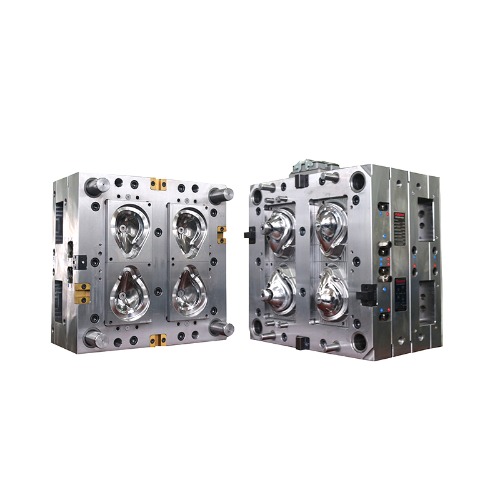A bi-color mold, also known as a two-shot mold or dual-shot mold, is a type of injection mold used in the manufacturing of bi-color or two-color plastic parts. These molds are designed to produce parts with two different colors or materials in a single molding cycle. The construction of a bi-color mold involves using specific materials to ensure effective and precise molding. The main materials used in making bi-color molds are:
Tool Steel: The main component of a bi-color mold is typically made from tool steel. Tool steel is a high-strength and wear-resistant material that can withstand the pressures and temperatures involved in the injection molding process. Common types of tool steel used for bi-color molds include P20, H13, and S7.
Aluminum: Some bi-color molds may incorporate aluminum for certain components, such as the mold inserts or cores. Aluminum is lighter than steel and can aid in reducing the overall weight of the mold, making it easier to handle and mount on injection molding machines.
Hot Runner System: The hot runner system is an integral part of a bi-color mold, as it enables the controlled flow of molten plastic to the different cavities. The hot runner system is often made of high-quality materials, such as stainless steel or copper alloys, to ensure efficient and consistent material flow.
Ejector Pins and Sleeves: Ejector pins and sleeves are used to remove the finished part from the mold once it has solidified. These components are typically made from hardened tool steel to withstand the forces involved in ejection without deforming.
Guidance and Alignment Components: Various guidance and alignment components, such as bushings, guide pins, and dowels, are used in the mold to ensure accurate alignment and smooth operation during the molding process. These components are often made from hardened tool steel for durability.
Bi-color molds are engineered and precision-machined to produce high-quality parts with consistent color distribution and material properties. The choice of materials for the mold components is critical to ensure the mold's longevity, dimensional stability, and resistance to wear and corrosion during the injection molding process.





 English
English Español
Español










